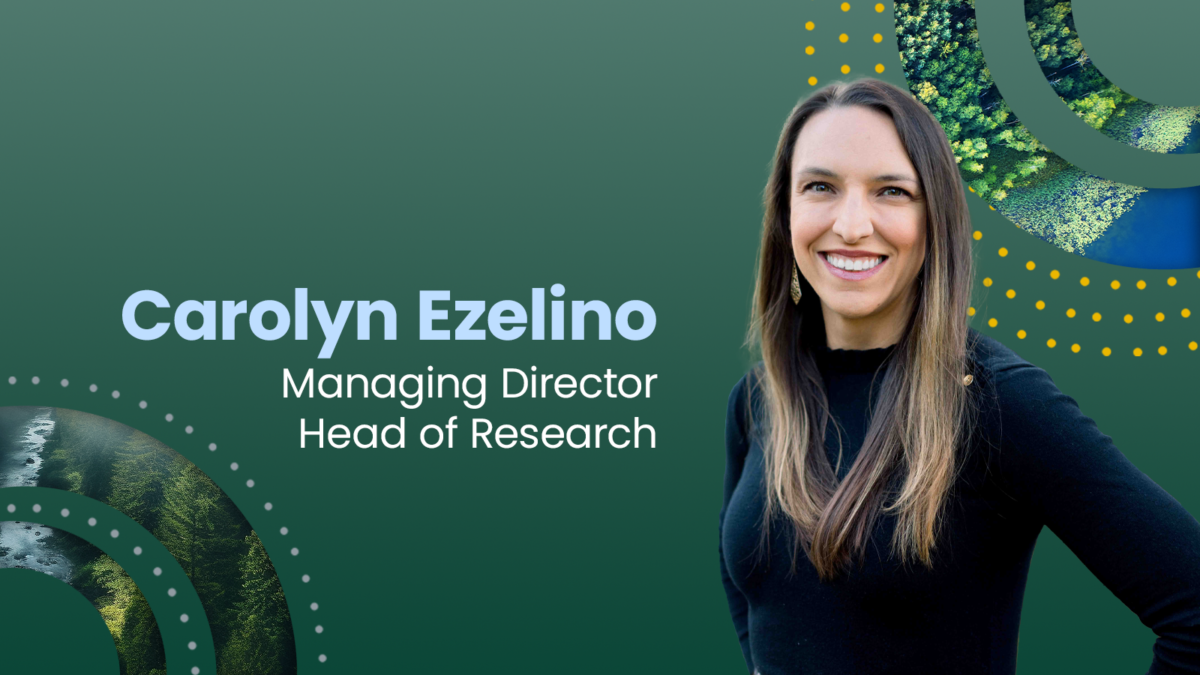World Economic Forum Blog, By Abigail Noble
December 17, 2013
Impact investing — where private capital is harnessed for greater social good — has had several early successes as well as its share of challenges. While analysts predict the market could reach $1 trillion by 2020, less than $40 billion has been committed to date. Investors cite a variety of challenges, including the lack of an established track record of exits for investors in double-bottom-line companies and the perceived conflict between social responsibility and fiduciary duty. However, recently a few impact investment funds, such as Leapfrog Investments, which provides micro-insurance to underserved populations, including HIV-positive individuals in sub-Saharan Africa, announced investment exits, demonstrating both double-digit financial returns and a tenfold increase in insurance coverage of underserved communities.
When we launched From the Margins to the Mainstream this September, we sought to add clarity to the field of impact investing through a realistic assessment of where the sector is today. As responses to the report poured in from investors, academics, philanthropic organizations and policy-makers, it was evident that we had touched on a strong need. We realized that given the relatively small scale of impact investing more than just clarification is needed.
For investors who are already active, moving impact investing from a small part of their portfolio to a full-fledged strategy requires expertise. For new entrants, basic strategies and practical approaches are needed.
In our research we found five things critical for bringing impact investing into the mainstream:
- Articulate the fit of impact investing with your institutional mandate
For Zurich Insurance, investing in companies that manage their environmental impact not only creates superior risk-adjusted returns but also mitigates long-term global vulnerabilities to climate change. For the impact investment fund Small Enterprise Assistance Fund, aligning closely with capital providers at the outset on the challenges of investing in underserved markets, returns expectations and governance structures is key.
- Get senior leadership support and institution-wide engagement
For the financial services organization TIAA-CREF, impact investing is an integral part of every investment manager’s job and embedded into house collaborations. As Sonen Capital sees in its work, creating an impact investment policy ensures a consistent and rigorous execution of the impact vision and investment expectations.
- Create the organizational structure that leverages expertise
JP Morgan highlights the importance of a “home” for impact investments. Options include hub-and-spoke in-house partnerships (e.g. TIAA-CREF and PGGM), as a separate team (e.g. Rockefeller Foundation and Storebrand) or across the whole institution, as is often the case with impact investment private equity funds. For institutions that work with external advisors such as SNS, clear governance and division of tasks between the fund manager and the investment advisor is important.
- Create incentives for the expertise, practices and results that matter
For institutions, wealth management advisors and asset managers are often incentivized by the single bottom line of financial returns. As working with double-bottom-line investments inherently takes more time and effort, institutions should design training, capacity building and performance systems that reflect that.
- Track, evaluate and re-engineer
What doesn’t get measured appears not to be important. The International Finance Corporation analysed 176 investments totalling $3.1billion and found that integrating social, environmental and governance (ESG) criteria into investments not only enhances financial performance, but that companies that performed poorly on ESG had poor financial performance. The Overseas Private Investment Corporation reviewed and “tagged” its 2012 investment commitments of $3.1billion to understand retroactively what investments had impact and to help craft its future strategy. Many investors, even those who haven’t engaged in impact investment, can do this as a first step in crafting an impact investment strategy.
To unleash the promise of impact investing and build the sector responsibly, we must learn from the early movers and ensure the lessons are disseminated widely and actively incorporated. From Ideas to Practice, Pilots to Strategy is an attempt to democratize the “know-how” that already exists in the impact investment sector.
Impact investing — and any innovative sector — can best position itself for success by learning early, often and fast, sharing those insights broadly, and encouraging practitioners to engage in ongoing exchanges and adoption of best practices.
See the full article on World Economic Forum.


